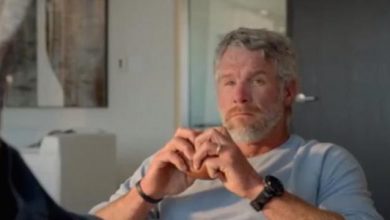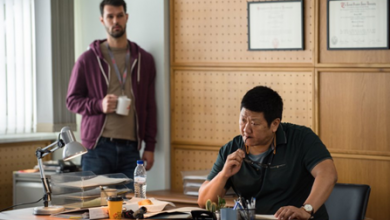The New Legends of Monkey’s Shallow Multiculturalism

Accusations of whitewashing were made soon after The New Legends of Monkey premiered on Netflix on April 27. The New Zealand-Australian co-production is a television series adaptation of the 16th-century Chinese novel Journey to the West. Instead of traveling westward to obtain Buddhist sacred texts for the sake of spiritual enlightenment, however, the central quartet in this adaptation needs to retrieve several lost “scrolls of wisdom” to defeat the prevailing demonic forces. The show has also replaced the original Chinese foursome with a multicultural main cast. Out of the four-lead actors, only actor Chai Hansen (who plays the Monkey God) has Chinese ancestry (Hansen is Australian-Thai-Chinese).
Writer-director Craig Irvin responded to the whitewashing accusations by stating that he had set the show in a mythical medieval setting, rather than ancient China: “The cast is really diverse — more than half of them are non-European. We have cast members who are Chinese-Thai, South Korean, Maori, Tongan and European. When you see this, you’ll see the world is incredibly varied.” Luciane Buchanan (who plays Tripitaka) and Josh Thomson (who plays Pigsy) both have Tongan heritage.
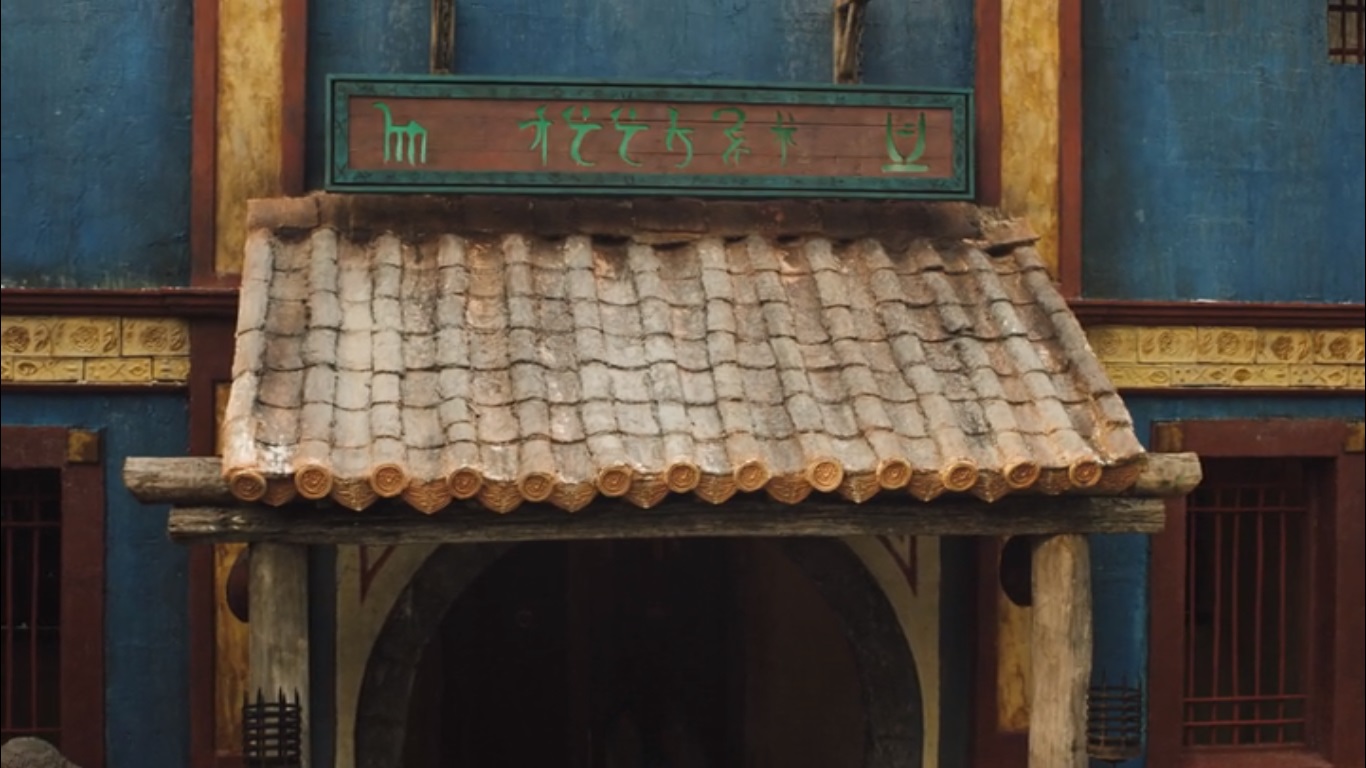
Multicultural-washing may be less egregious than whitewashing, but the show still succumbs to the Hollywood tendency to appropriate Asian cultural elements while sidelining Asian characters. (A similar pilfering took place with Netflix’s Iron Fist, but this happens more often in futuristic films and television series). The fighting style in the series draws from wushu, while the show’s invented writing script resembles Chinese characters. The show’s armor designs, architecture, and religious symbols also draw inspiration from ancient China.
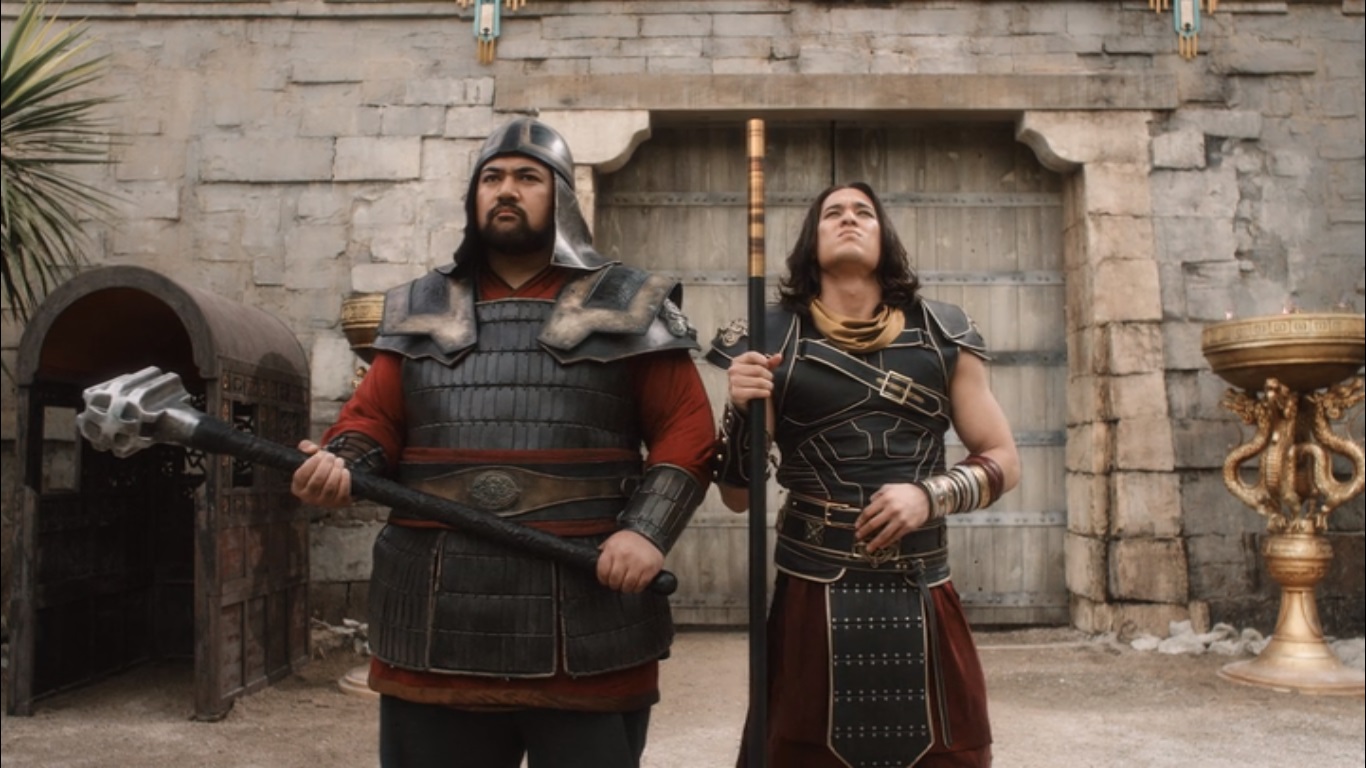
This fictional world is also not as “varied” as Irvin claims it to be. When you go beyond the four main characters, you will find that a large majority of the show’s recurring characters are played by white actors. Seven out of nine of the show’s recurring characters are white; the exceptions are South Korean actress J. J. Fong’s appearance as Lusio and Jayden Daniels’s Gaxin (Daniels is of Maori descent). Luiso appears in the show’s final two episodes, while Gaxin is killed off in episode 1. The same fate befalls the other East Asian actors who appear as monks and as “the Scholar”.

The show’s (mostly white) recurring characters. Daniels and Fong are featured in the bottom row.
In her recent op-ed for The Conversation, Japanese studies Ph.D. candidate Rebecca Hausler argued that the show’s multicultural ensemble “embodies the inherently transcultural nature of the story.” The original story is indeed “inherently transcultural” because it amounts to an “origin story” for the presence of Buddhism in China. By the end of the tale, the foursome would have traveled into regions that are now Kyrgyzstan, Uzbekistan, Afghanistan, and India in a quest to “import” spiritual enlightenment.
This particular form of transculturalism has been lost in translation whenever the story is packaged for Western audiences. As Hausler herself noted, the BBC dubbing of the 1979 production was delegated to a writer (David Weir) who had no understanding of Japanese: “Considering Weir’s monolinguistic capabilities, the BBC’s translation of Monkey was really more of a complete re-writing. By adding plenty of puns, double-entendres, and pseudo-philosophical musings, the BBC made this television show utterly compelling for adolescent audiences, despite the fact it became increasingly distanced to the original.” The distinction between a “good” transcultural adaptation and an outright bastardization depends on who is making the judgment.
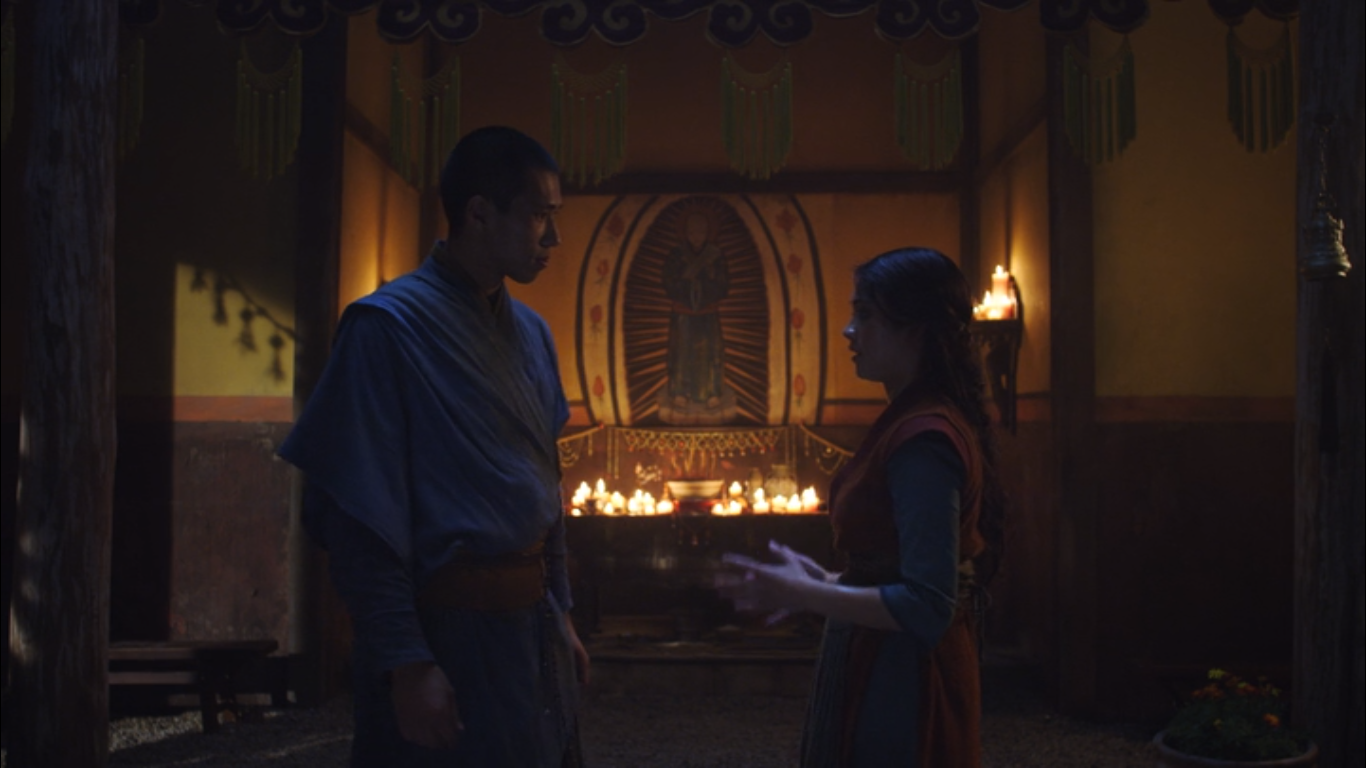
Korean-Kiwi actor Min Kim appears briefly in episode 1 as a young monk who sacrifices himself to save Tripitaka from the demons – the same fate applies to most of the show’s supporting East Asian characters.
This recent adaptation is arguably less offensive and less Orientalist than BBC’s Monkey, which featured English voice actors putting on “faux-riental” accents. It does, however, ultimately erase the cultural specificity of the original text by staging a simplistic good-vs.-evil narrative. (Only the comedic action and “universal” values like teamwork and loyalty remain). Once again, Western audiences have no chance to become better acquainted with one of the Four Great Classical Novels of Chinese literature. Meanwhile, many Australian and Kiwi Chinese actors miss out on the opportunity to become key players in this retelling – despite the seemingly inclusive sales pitch of “multiculturalism”.
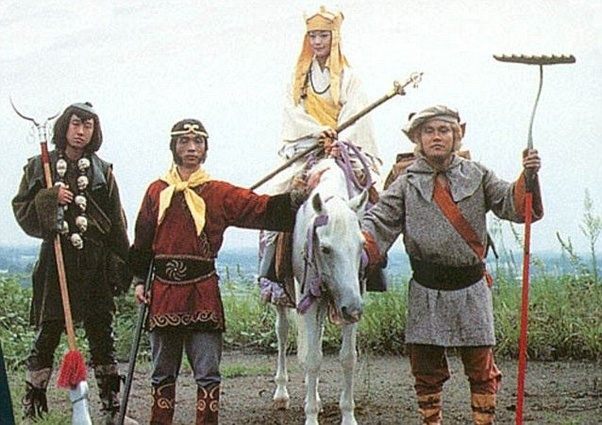
The all-Japanese main cast of Monkey/Saiyūki – which was filmed in Northwest China and Inner Mongolia – became a cult phenomenon in New Zealand, Australia, the U.K. and South Africa after it was dubbed into English from 1979 onward.
-
OFFENDER: Netflix
CATEGORY OF OFFENSE: Denigration
MEDIA TYPE: TV Show
OFFENSE DATE: January 1, 2018

